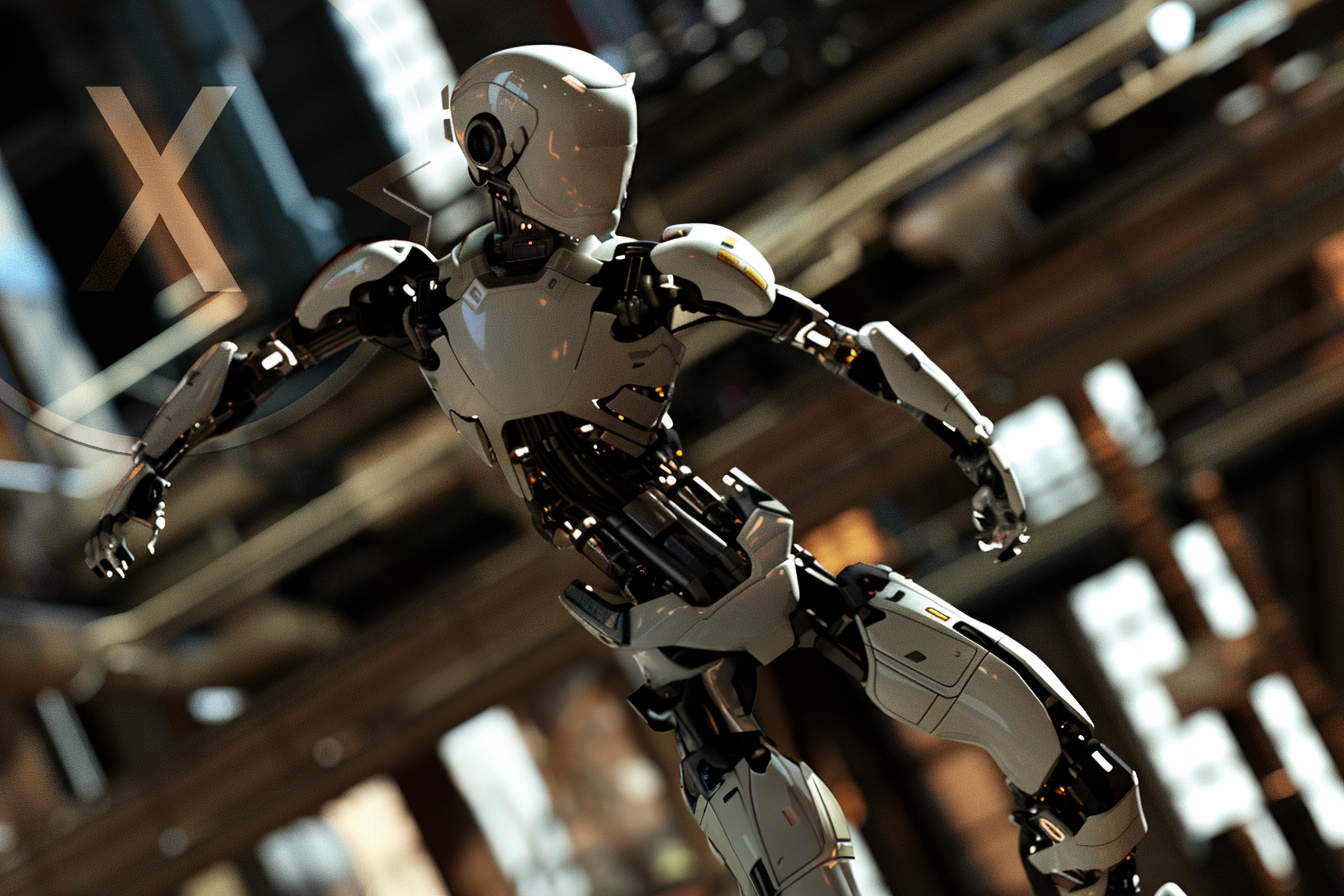Published on: October 29, 2024 / Update from: October 29, 2024 - Author: Konrad Wolfenstein

AI humanoid robotics and service robots: breakthroughs and innovations in dynamic robotics and the service sector - creative image: Xpert.Digital
Imitating human movements: The impressive world of humanoid robotics
The world of humanoid robotics has made remarkable progress in recent years. These robots, which are modeled on the human body, not only represent technical masterpieces but also show the immense potential for future applications in various industries. They can perform complex tasks, interact with their surroundings, and even imitate human movements and gestures. Below are some of the outstanding humanoid robots and exoskeletons shaping the robotics landscape.
1. Tesla's Optimus: The next generation humanoid robot
Tesla, known for its innovations in the electric vehicle sector, has taken a significant step into robotics with the unveiling of Optimus. This humanoid robot is designed to take on dangerous, repetitive or boring tasks. Optimus is approximately 173 cm tall and weighs 57 kg. It can carry a payload of up to 20 kg and reaches a maximum walking speed of 8 km/h.
The robot is equipped with advanced sensors and cameras that enable it to accurately detect its surroundings. Elon Musk described the vision behind Optimus: "Our goal is to create a useful humanoid robot that is commercially viable." With the integration of Tesla's advanced AI (Aritificial Intelligence) technology, Optimus has the potential to be used in areas such as manufacturing, Logistics and even to be used in the household.
2. Boston Dynamics' Atlas: The epitome of dynamic movements
Boston Dynamics' Atlas is considered one of the most advanced humanoid robots in the world. He is known for his impressive balance and agility skills. Atlas can run, jump, do somersaults and overcome complex obstacle courses. These capabilities demonstrate the possibilities of advanced robotics when it comes to mobility.
The developers of Atlas emphasize the importance of dynamic movements: “We want to create robots that match or even exceed the mobility and dexterity of humans.” Atlas serves as a research platform to expand the boundaries of robotics and open up new areas of application.
3. UBTECH's Walker X: The service robot for everyday life
UBTECH Robotics' Walker X is a bipedal humanoid robot designed for service applications in home and office environments. With a height of 145cm and a slim design, Walker X can open doors, serve drinks and interact with smart home appliances.
The robot uses a combination of visual and auditory perception to communicate with people. UBTECH describes Walker X as “a step towards a future where robots are an integral part of our daily lives.” His ability to recognize and respond to human gestures makes him a promising candidate for assistance tasks.
4. Exoskeletons: Expanding human capabilities
In addition to autonomous humanoid robots, exoskeletons are also becoming increasingly important. These wearable robotic suits support the human body and expand its capabilities. Companies like ULS Robotics are developing exoskeletons that can be used in industry, medicine and the military.
ULS Robotics' exoskeletons allow users to lift heavy loads without putting any strain on their bodies. They are particularly useful in areas such as mining, logistics and construction. A representative from ULS Robotics emphasizes: “Our exoskeletons are designed to increase safety and efficiency in the workplace.” By reducing fatigue and the risk of injury, they contribute to a more sustainable work environment.
5. The importance of humanoid robotics for the future
The development of humanoid robots goes beyond technical achievements. It reflects humanity's quest to create machines that not only function, but can also interact with us. Humanoid robots have the potential to be used in areas such as nursing, education, service and rescue missions.
A central aspect is the ethical and social acceptance of this technology. The question arises as to how robots can be integrated into society without endangering human jobs or crossing ethical boundaries. Experts agree that collaboration between humans and robots must be carefully designed.
6. Challenges and future developments
Despite the impressive progress, developers face challenges such as energy efficiency, autonomy and natural interaction. The movements of humanoid robots should not only be functional but also aesthetically pleasing to promote positive acceptance.
The future of humanoid robotics is bright. As artificial intelligence and machine learning continue to be integrated, robots will increasingly be able to learn from experience and adapt to new situations. This opens up possibilities for personalized assistance and complex problem solutions.
7. Shaping the future
Humanoid robots like Tesla's Optimus, Boston Dynamics' Atlas and Ubtechs Walker X demonstrate the rapid development in robotics. They embody the potential to revolutionize many aspects of our lives, from industry to daily budgets. At the same time, they underline the need to combine technical innovation with ethical responsibility.
The coming years will be crucial in determining how these technologies are shaped and integrated into our society. It is in our hands to seize the opportunities and overcome the challenges to shape a future in which humans and robots live and work together harmoniously.
Suitable for:

